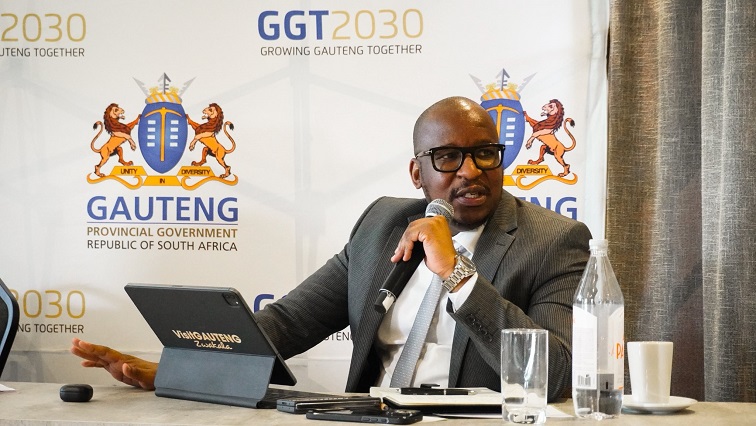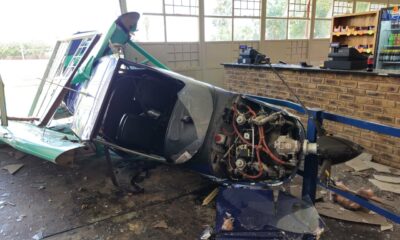News
Gauteng Faces Backlash Over 60% Funding Cut to Former Model C Schools

Parents and educators brace for steep fee hikes
Gauteng’s education system is once again in the spotlight, and this time, the alarm bells are ringing across hundreds of classrooms. The Gauteng Department of Education (GDE) has confirmed a 60 percent funding cut to former Model C schools, sparking outrage among parents, teachers, and civil society groups.
The move, set to take effect from 1 April 2026, will see Quintile 4 and 5 schools, typically fee-paying public schools, lose a significant portion of their government subsidy. Funding will drop from R879 per learner to R315, a drastic reduction that has left many questioning how schools will survive without dramatically increasing fees.
“A devastating blow to middle-class families”
According to the Democratic Alliance (DA) and Equal Education, the cuts will hit middle-income families hardest, especially those already stretched by inflation and rising living costs. The DA’s Sergio Isa Dos Santos criticised the timing and legality of the decision, saying it was announced after the 30 September 2025 budget deadline, when most school budgets had already been finalised.
“The GDE’s decision is reckless and likely to harm thousands of learners,” he said. “Schools were only informed between 7 and 10 October, long after budgets were approved. Now, many governing bodies are scrambling to revise fees upward to make up the shortfall.”
Equal Education’s Mahfouz Rafee echoed the sentiment, warning that the cuts will undermine access to quality education. “Many former Model C schools still accommodate learners from poor backgrounds. Reducing subsidies will only widen the inequality gap,” he said.
Government defends the move
The GDE, however, insists that the decision is lawful and unavoidable. Department spokesperson Steve Mabona said the cuts are part of national fiscal consolidation measures introduced by the National Treasury since 2021. With the education budget under strain, the department has opted to align Quintile 5 funding with Quintile 4 levels, matching the Department of Basic Education’s national adequacy benchmark of R315 per learner.
“The department has had to reprioritise spending to manage the 2026/27 budget shortfall. No new funding was allocated under the Medium-Term Expenditure Framework, so we made the difficult decision to adjust allocations accordingly,” Mabona said.
The ripple effect on public education
The impact is expected to be immediate. Around 600 schools across Gauteng will be affected, and many are already warning parents to prepare for significant school fee increases in 2026.
While wealthier schools may survive the transition, smaller Quintile 4 schools, often serving mixed-income communities, could face staff cuts, reduced maintenance, or overcrowded classrooms.
Critics argue that the timing of the decision erodes trust between the education department and school communities, especially since previous discretionary top-ups had led many schools to believe that funding parity would continue.
A bigger question for the future
At the heart of this debate lies a deeper issue: the sustainability of public education funding in South Africa. With national spending under pressure and inequality still entrenched, the GDE’s move exposes the fragile balance between affordability and quality.
For now, parents, educators, and learners are left waiting, caught between fiscal austerity and the cost of keeping the lights on in the classroom.
Follow Joburg ETC on Facebook, Twitter, TikT
For more News in Johannesburg, visit joburgetc.com
Source: IOL
Featured Image: SABC News



























